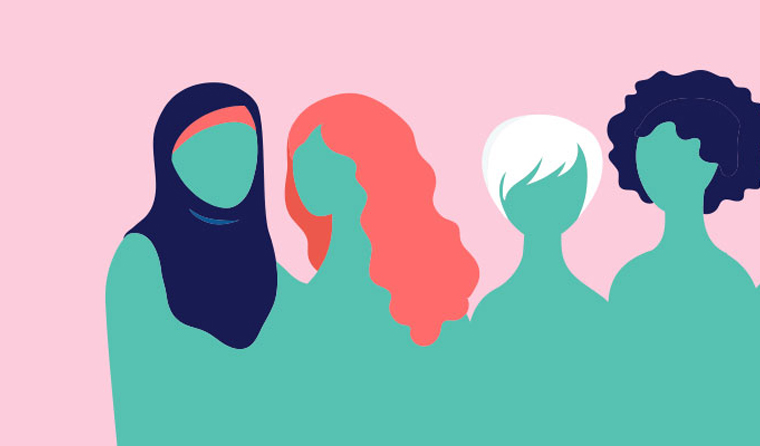Why, two decades after the adoption of UN Security Council Resolution 1325, do women and girls still bear the brunt of conflicts? How can we bridge the gender gap in peace processes and ensure that women’s voices are heard? These questions are more pertinent than ever as we reflect on the critical importance of women in sustaining peace.
Read More: Nigeria begins mass HPV vaccinations to fight cervical cancer
On October 25, 2023, the United Nations commemorated the 23rd anniversary of this landmark resolution, designed to protect women and girls during conflicts while recognizing their unique roles in peace processes. Yet, more than 600 million women and girls reside in conflict-affected countries, and in 2022, nearly 2,500 cases of sexual violence against women in conflict zones were verified by the United Nations.
In peace processes worldwide, one prevailing theme is the absence of female mediators and signatories. This absence significantly impacts the gender-sensitive provisions intended to protect and empower women and girls.
Estela Mercedes Mansogo, a permanent diplomat and First Secretary of Equatorial Guinea to the United Nations, challenges the status quo. Her experience offers a compelling answer to the question: How can African women make their presence felt on the global stage?
Estela shared her insights on an edition or Dreams Talks titled: Women In Law: Relishing the Challenge – Estela Mercedes Mansogo
Read More: Project to create the largest database on the African genome
The women who are taking charge of their destinies and making significant strides in fields like peace, diplomacy, and technology inspire us all. As we celebrate the 23rd anniversary of UN Security Council Resolution 1325, we must ask ourselves: How can we ensure that women are not just participants but leaders in peace processes? How can we remove barriers for women in technology, giving them the resources they need to excel in this field?
The journey continues, and the answers to these questions will determine a more just, peaceful, and inclusive world. The call to action is clear: Women’s role in sustaining peace is more critical than ever. But how will we respond to this call?
Thank you all for your continuous support in keeping this project *alive, free and independent.* For your dreams matter, your stories matter! pic.twitter.com/BdDt25bFkb
— Africanian News (@africaniannews) October 5, 2023
